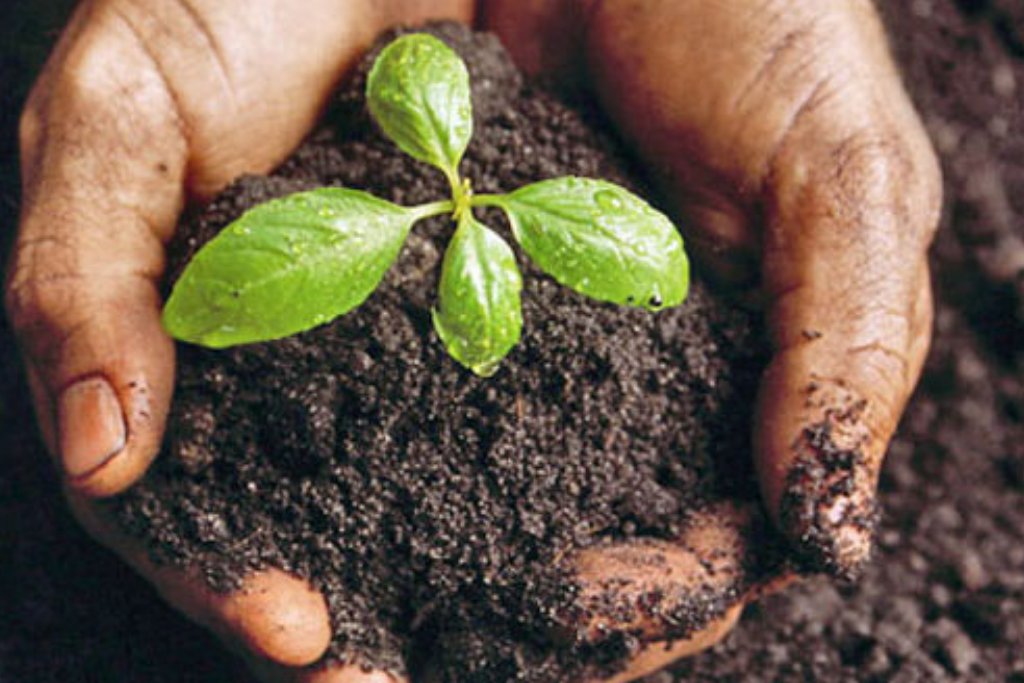The rich diversity and nutrition of the soil fade away due to years of farming. Thus, to conserve fertility, it has become essential to combine agriculture with technology. In this era of digitalisation, the agriculture sector is encountering a radical transformation and relies on precision farming. It involves sensors, robots, GPS, data-analytics software etc to produce healthier crops and higher yields. It holds a promise for the sector to ascend to the next level of productivity and profitability. Precision farming further welcomes the concept of IoT in agriculture.
Smart agriculture using Internet of Things (I oT) reduces costs, boosts efficiency, maximises results, saves water and energy, and more. It helps cultivators meet the requisite conditions to increase crop yield and health, thus contributing to sustainable agriculture.
The top priorities of smart agriculture using IoT focus on weather, soil temperature, moisture, nutrients and crop conditions. Let us review some of them.
Soil temperature: Soil temperature influences the growth of the root, respiration, decomposition and nitrogen mineralisation. Farmers need to ensure the most optimum temperatures when planting and cultivating crops to ensure higher productivity. Temperature sensors placed beneath the ground level and enabled with wireless technologies like infrared when placed strategically can provide farmers with real-time updates on soil temperature.
Soil moisture: Water is a critical nutrient for all plants and fundamental for the process of photosynthesis. Soil moisture also does the task of regulating soil temperature; hence heavily influences crop growth and yield. Buried probes with electrodes help monitor soil moisture content effectively. IoT sensors that estimate soil moisture can monitor and automate irrigation while also gathering humidity and temperature data of the soil.
NPK measurements: IoT sensors can also measure the soil nutrient content, namely nitrogen, phosphorus and potassium. Farmers can detect nutritional deficiency and determine if they need to fertilise the soil with additional nutrient content to increase crop fertility. These sensors are considerably new in the market and use several technologies to maximise accuracy. Besides monitoring NPK content, these sensors help detect the pH level and chemical composition of the soil. As these sensors can monitor changes in soil nutrients in real-time, they find applicability in farmlands, greenhouses and soil research.
Solar radiation: Another application of IoT in agriculture is to measure the different types of solar radiation. Solar radiation is the amount of heat that reaches the earth from the sun. It is essential for photosynthesis and, thus, has a significant impact on crop productivity. The amount of radiation that soil receives and absorbs also affects soil temperature fluctuations and soil moisture evaporation. IoT sensors enable cultivators to measure photosynthetically active radiation (PAR), ultraviolet (UV) rays, and short waves to understand the correlations and trends.
Weather: Farm productivity is affected by environmental factors, such as rainfall, wind direction and speed, humidity, temperature and air pressure. IoT-based connected devices allow growers to collect data periodically, automatically and remotely. They provide deep, data-backed insights on farming conditions, which makes farming more precise and scientific. It also enables growers to optimise resource usage, reduce wastage, save labour, time and money.
Source: Cropin (<https://www.cropin.com/>)




